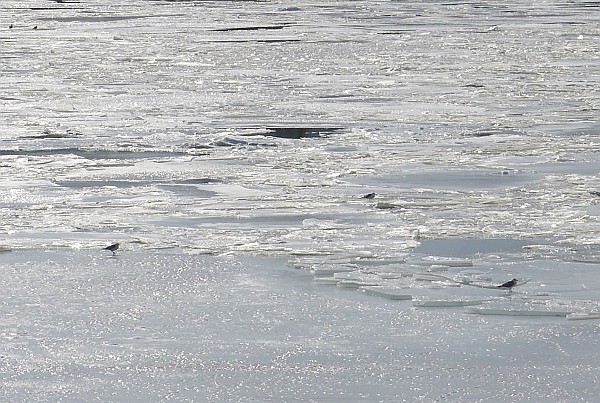
21 March 2015
The word Analemma sounds like a girl’s name or perhaps an exotic fruit but in fact it’s the name for that figure 8 hanging in the sky above. You won’t see it in Nature but you may have seen it as a symbol printed on an old-fashioned globe of the world.
Technically speaking an analemma is the location of one celestial body as viewed from another for one complete orbit. Practically speaking it’s the Sun’s position throughout the year at the same location and time of day on Earth. I was surprised to learn it’s a figure 8 but that’s because the Earth’s orbit is elliptical and tilted.
This photo took a whole year to create. Every other week in 1998-1999, Jack Fishburn took a photograph of the sun’s position from his office window at Bell Labs. He was careful to place the camera in the exact same position and snap the photo at the same time of day (correcting back to Standard Time during Daylight Savings). After collecting a year of photographs he overlaid them to create the analemma.
Tunc Tezel did the same thing at Baku, Azerbaijan and made it a movie here.
You can create your own analemma if you’re persistent (one whole year) and precise (same camera location and time of day for every photo) and have access to Photoshop.
When you’re done you’ll know that the top of the 8 is the summer (northern) solstice, the bottom is the winter (southern) solstice, and the crossover point is both equinoxes. Today, one day after the Northern Equinox, the sun is very near the center of the analemma.
(photo by Jack Fishburn via Wikipedia GNU Free License. Click on the image to see the original)
















